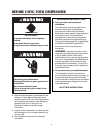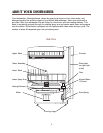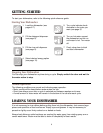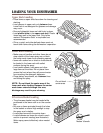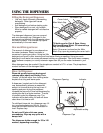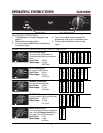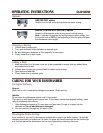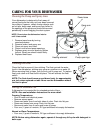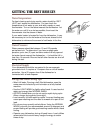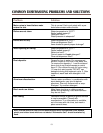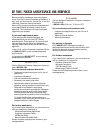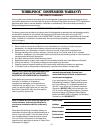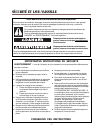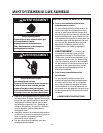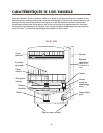
12
GETTING THE BEST RESULTS
Water Temperature
For best cleaning and drying results, water should be 120°F
(49°C) as it enters the dishwasher. You can check the
temperature of hot water at your sink with a candy or meat
thermometer. Turn on the faucet nearest the dishwasher. Let
the water run until it is as hot as possible, then insert the
thermometer into the stream of water.
If your water heater is located far from the dishwasher, it may
be necessary to run the hot water at the faucet closest to the
dishwasher to minimuze the amount of cold water in the line.
Water Pressure
Water pressure should be between 15 and 120 pounds
per square inch. To determine if you have enough water
pressure, put a two (2) quart container under the fully opened
hot water faucet nearest the dishwasher — it should be full in
less than 14 seconds. Be sure that all other faucets are shut off
during this test.
Electrical Supply
Your dishwasher should be connected to its own separate
grounded circuit. It requires a 15 ampere fuse or circuit breaker
protection. Use a 20 ampere fuse if the dishwasher is
connected with a food disposer.
Energy and Water Saving Tips
• Wash full loads. Running a half-filled dishwasher uses the
same amount of electricity and hot water as a fully-loaded
machine.
• Use the LIGHT WASH for lightly soiled loads. It uses less hot
water and energy than NORMAL WASH.
• AIR DRY dishes when you do not need a rapid drying cycle.
Allow a longer drying period (overnight).
• Load correctly for best washing results. Incorrect loading may
cause poor washing and the need to rewash all or part of the
load.
• Do not pre-rinse normally soiled dishes. Using the NORMAL
WASH cycle with the recommended amount of detergent and
proper loading will provide good washing results without hand
rinsing.
• Operate your dishwasher during off-peak hours. Local utilities
recommend this to avoid heavy usage of energy at certain
times of day.



